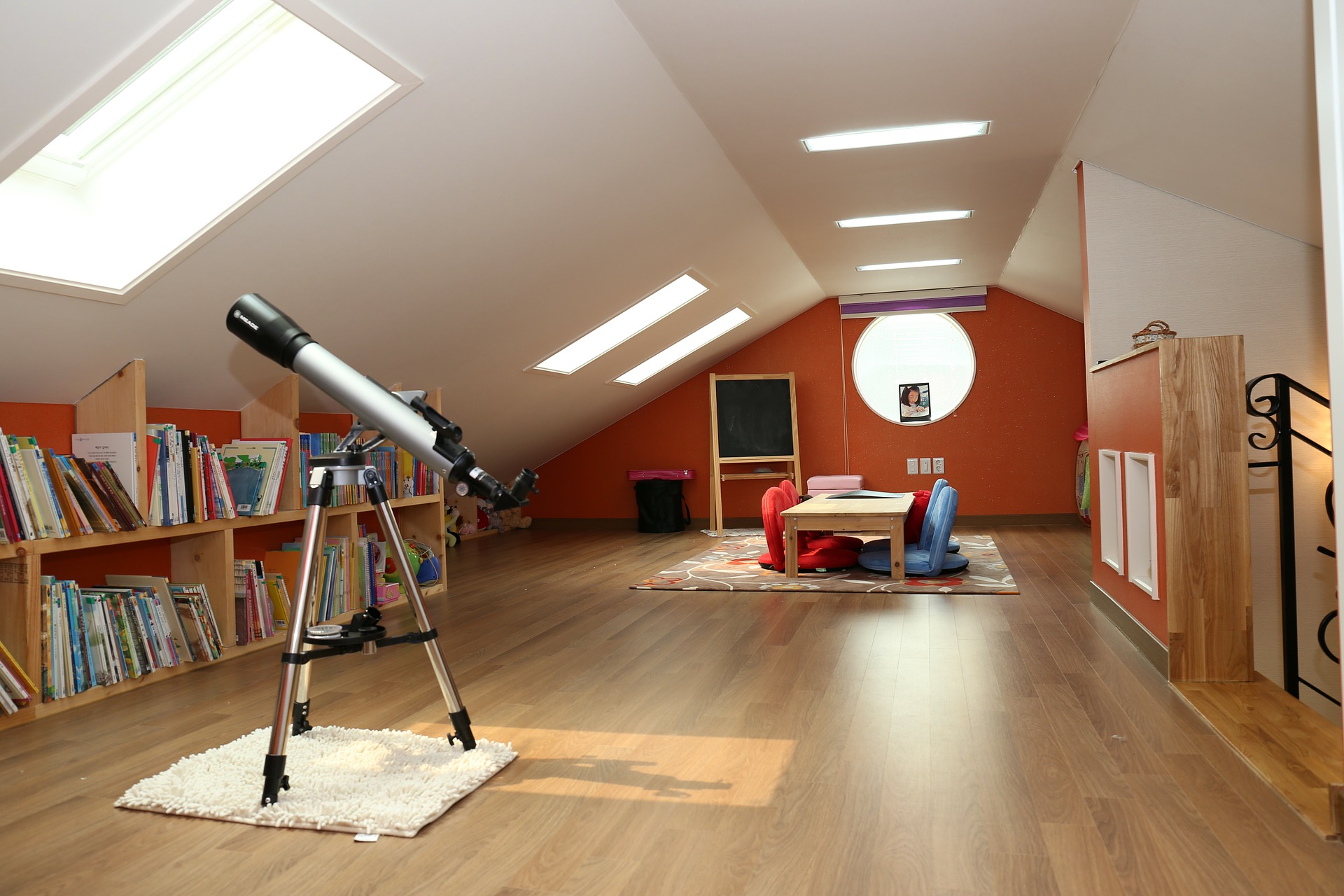The fashion industry, like every other sector in the UK, has felt the impact of the COVID-19 pandemic. From the catwalk to the high street, the pandemic and the lockdown have changed the way the fashion industry functions. It has forced brands everywhere to rethink their processes and get back in tune with their customers.
We’re not just talking about the shift in styles that we have seen over the past few months. Yes, leggings and jumpers have reigned supreme, while dresses and heels have been left in wardrobes. Loungewear and women’s sportswear may have made a roaring comeback, but that isn’t the only thing that has changed in the world of fashion since 2020 threw us all into unprecedented chaos.
So, what else has changed in the world of fashion? And how can we expect the fashion industry to look in a post-COVID landscape?
The online takeover
Like most other industries, fashion had found a new home online. Online shopping, which was already on a steep incline, has become the number one way to shop for clothes in the UK. In each age group, shopping exclusively online is now more common than shopping exclusively in-store. COVID-19 has accelerated this pre-existing trend, and the future of clothes shopping looks to remain online-weighted.

In addition to shopping trends, couture brands and fashion events have also had to embrace the online world more than ever before. Digital publicity has become integral to luxury brands’ business models. Chanel, for example, followed through with its planned pre-collection press trip – a cruise in Capri – but only in the digital sense.
Consumer attitudes
The shift to online isn’t the only monumental change that the fashion industry has had to contend with in recent months. Consumer attitudes have also been impacted by COVID-19. According to a survey from Statista on the impact of the coronavirus on customer attitudes towards the fashion industry, 83 per cent of consumers agreed that clothing should be designed to last longer and be repairable. In addition, 83 per cent also agreed that fewer pieces should be used in the production of clothing. Clearly, the pandemic has also spurred on a push towards sustainable shopping, and brands will have to continue to adapt to this demand even when we leave the pandemic behind.

Sustainability will continue to play a key role in the future of the fashion industry. Technological innovations such as 3D-printing, future-forward biotech, and sustainably-produced synthetic fabrics, will help brands meet customer desires.
Supply chain solutions
Finally, after disruption to supply chains in the fashion industry caused problems during the early days of the global pandemic, it is likely that fashion brands will have to look closer to home and focus on building sustainable supply chains. Blockchain technology is set to transform garment supply chains as we know them, and brands will continue to strive for solutions that help build their business back while meeting consumer demands and championing sustainability.
There have certainly been challenges in the past few months, and the fashion industry has been hit hard. The industry, which previously employed 890,000 people in the UK, has weathered job losses and a fall in revenue as many sectors have. However, the world of fashion has adapted and evolved, learning how to strive forward into a new, more digital era. The future may be uncertain, but there’s no doubt that the fashion industry will continue to adapt to whatever shape our new normal will take.
Sources
https://www.elle.com/uk/fashion/trends/a33442347/covid-affected-fashion-industry/
https://www.just-style.com/news/uk-fashion-industry-to-be-hit-twice-as-hard-in-covid-19-recession_id139187.aspx
https://www.statista.com/statistics/1178746/in-store-and-online-fashion-shoppers-united-kingdom/
https://www.statista.com/statistics/1136613/coronavirus-impact-on-consumer-opinions-fashion-industry-in-the-uk/







